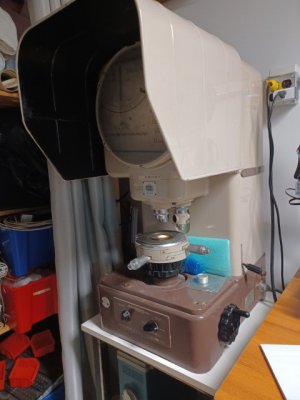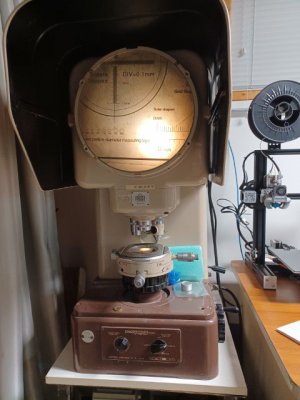The first power supply you bought, and 'fixed', did it really need fixing for the average person? Or was it really really terrible. There are so many choices it has become paralyzing :-(
Full disclosure, I do switching power supply design professionally and for fun. The power supply I bought was absolutely horrible. There was no way to make it operate correctly out of the box. Short story is I picked it because it looked like it had all of the right parts in the right places. Upon close inspection after reverse engineering, it was absolutely unusable without rework.
Yes, there are a lot of options. However the biggest problem with finding an LED driver for a single LED, is the LED market right now. There are basically two segments, the flashlight/headlight group (small segment) and AC powered lighting group (big segment).
The AC lighting guys care about big lumens spread out over the area of a light bulb, T8 tube, or high bay down lighting fixture. They string A LOT of 3V LED's in series and run them at higher voltages (20V or higher) off an AC source. There you really don't want a 'point' source of light anyway, so many LED's is a good thing.
The flashlight guys on the other hand, run one really high powered LED in a reflector. They want one point source of light, so it can be focused as needed. The problem is they do that from one or two 3.7V Li-ion batteries, so the drivers are designed to run from low voltages (3V to 9V), and are designed for space constrained designs in a small flashlight tube. The boards are hard to hold on to, and hard to keep cool.
For a fixed instrument lighting source like this, running from 12V or 24V is nice. But there aren't many LED drivers for the 12V-24V input range designed for single LED use. That application really falls into the 'gap' between the market segments. Thus the reason I picked these supplies. If they operated as advertised, they would have been fine.
If you can find a fixed, single mode LED driver that runs from 12V, and drives one LED, that's the way to go. Otherwise, I think a resistor and 5V supply is the next easiest thing to try. Beyond that there are many other options, but none are neat/tidy or cheap.
Again, if you really want to do a conversion, let me know. I'll help where I can.
Dan


